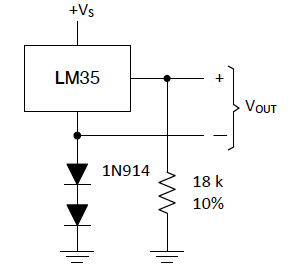Other Parts Discussed in Thread: LM35
Hello,
I'm trying to digitize a signal using the ADS112C04 ADC chip. I'm experiencing some trouble with using this chip so as a test, I'm trying to see if I can read REFP and REFN and AVDD and AVSS through the channels.
I'm applying a 5V voltage to the REFP and REFN pins, I've verified that the 5V difference appears on those pins with a multimeter. But when I'm programming the multiplexer such that register 0h reads 11000001 (meaning it should give me (REFP-REFN)/4), it's giving me a reading of only 48 counts. AVDD is 5V as well so I am within range. DVDD is 3.3V.
When I set register 0h to 11010001, (AINP = AVDD, AINN= AVSS), I get ~20517 counts, which when I multiply by 2.048/(2^15-1), I get 1.28V, which is close to correct (1.25V).
Any idea what the issue is? Why is the AVDD-AVSS setting on the multiplexer working but not the REFP-REFN one? I'm happy to provide more information.
Thanks!
Siddharth



